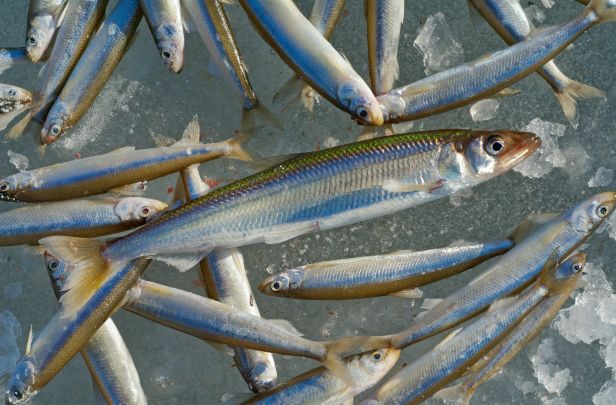Word of warning: Advisory issued for Lake Superior smelt due to PFAS “forever chemicals”
By John Myers | Duluth News Tribune | March 1, 2021

Read the full article by John Myers (Duluth News Tribune)
“When Wisconsin Department of Natural Resources officials announced last month that they had found high levels of PFAS chemicals in Lake Superior smelt — high enough to warn people to limit how much smelt they eat — it left many people who follow fish consumption advisories scratching their heads.
First, smelt are small and have relatively short lifespans, and so shouldn’t be bioaccumulating toxins in high levels. The general rule with traditional fish contaminants — like mercury, PCBs and dioxins — are that bigger fish higher in the food chain are usually the highest threat for passing along contaminants to people, fish like sharks in the ocean and musky, trout and big walleye in Northland lakes and rivers.
Second, the bigger fish that often eat smelt, like lake trout and salmon, didn’t show PFAS levels high enough to trigger additional fish consumption advisories for people. Somehow, the PFAS in smelt was not working its way up the food chain.
‘To be honest, we really don’t know why it’s not showing up as high in other fish, or why it’s just smelt at these higher levels,’ said Sean Strom, environmental toxicologist for the Wisconsin DNR. ‘It’s an area of research we’re still trying to make sense of — the accumulation patterns for PFAS.’
As part of the DNR’s statewide PFAS-monitoring efforts to monitor fish tissue and water chemistry at select sites around the state, smelt were collected from two sites in Lake Superior in 2019 — near the Apostle Islands and off Port Wing. PFAS was detected at both locations.
The DNR also tested samples from bloater chub, cisco/lake herring, lake whitefish and lake trout in Lake Superior and crappie, yellow perch, channel catfish, carp, northern pike, walleye and musky from the St. Louis River. All fish contained some PFAS, but none of them at levels that would trigger a fish consumption advisory change at this time. (Many fish in Lake Superior and the St. Louis River already carry advisories for other contaminants like mercury and PCBs.)
Smelt running soon
The advisory to limit meals of smelt to one per month is the first PFAS-specific warning for Lake Superior, and for the Great Lakes, and has now been adopted by the Minnesota Department of Health as well, said Patt McCann, an environmental health researcher and coordinator of Minnesota’s fish consumption advisory program.
The new smelt advisory will become an issue by April and into May when the tasty little fish begin to spawn, along Lake Superior’s sandy beaches and into rivers. Thousands of Northlanders are joined by people from across the Midwest each spring to net smelt along Minnesota and Wisconsin points in Duluth and Superior as well as North Shore streams like the Lester River and along the waterfront in Ashland…”
This content provided by the PFAS Project.
Location:
Topics: